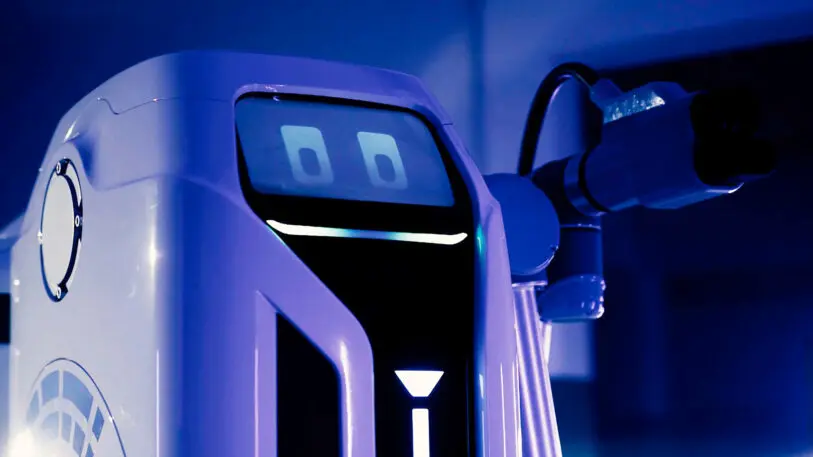If you have an electric car but can’t charge it at home—as is the case for apartment dwellers who park on the street—finding a place to plug in can be challenging. Your employer might have chargers in your office parking lot, but if they sit in only a handful of spaces and those spaces are occupied, you’re out of luck. A prototype from Volkswagen demonstrates an alternative: a mobile charging robot that can roll from car to car and plug itself in.


For now, because Car-to-X technology isn’t widespread, it doesn’t make sense to roll out the new robots just yet. But they represent one potential solution for the major transition needed in infrastructure as electric cars become more affordable than gas cars, and eventually more common. (Volkswagen itself plans to stop developing internal combustion engines by 2026 and be all-electric by 2040.) The robotic system is less expensive than installing traditional charging stations. In California alone, where the state plans to ban new gas and diesel-powered car sales in 2035, at least 1 million new charging points will be needed by the end of this decade.
Correction: We’ve updated this post to correct the timeline for VW’s transition to electric vehicles.
Recognize your brand’s excellence by applying to this year’s Brands That Matter Awards before the early-rate deadline, May 3.
